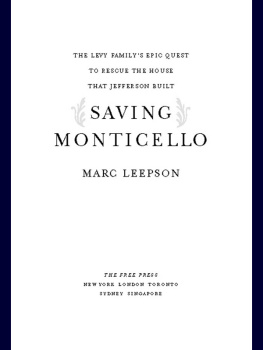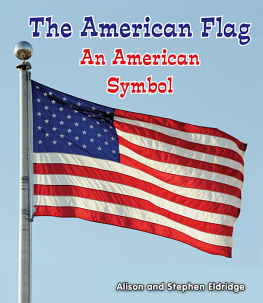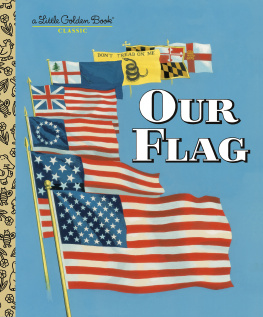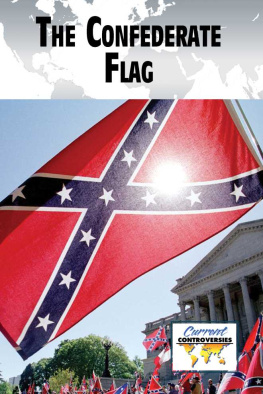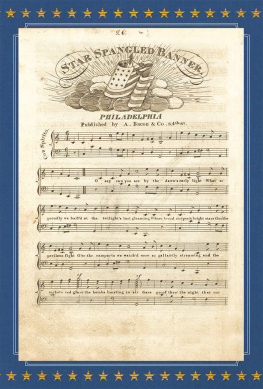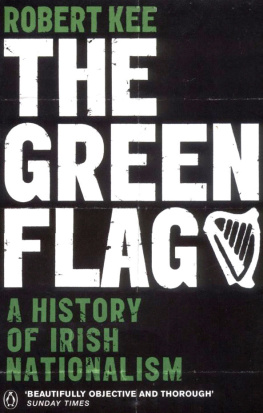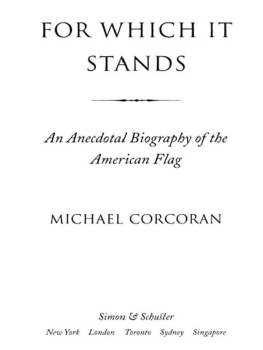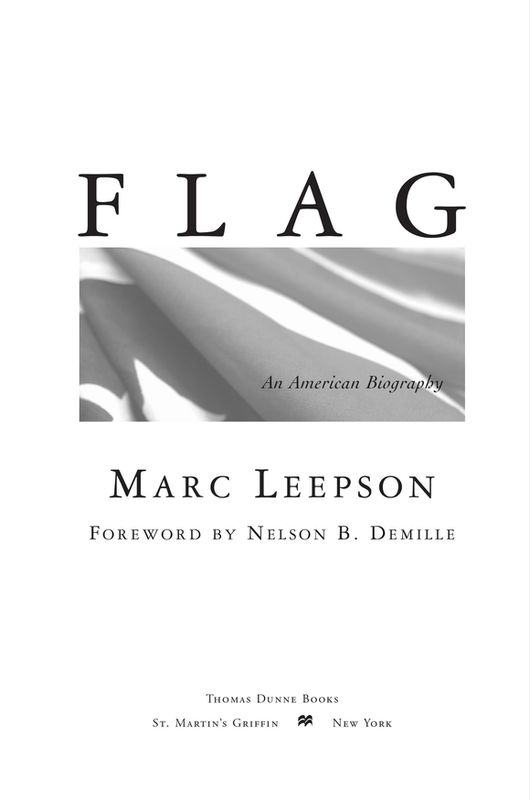A BIOGRAPHY, according to most dictionaries, is an account of a persons life, written or told by another.
But here, Marc Leepson has expanded the meaning of the word and written a biography of an inanimate object: the American flag. And what a great job he has done.
Mr. Leepson begins at the beginning with the birth of the flag in 1777 during the American Revolution, and proceeds through the flags infancy during the War of 1812, its childhood during the Civil War, its adolescence during the Spanish-American War, and its coming-of-age during the world wars.
And then there was the Vietnam War, when the flag, always venerated until then, became a symbol of the divisiveness that split the nation. The chapters that deal with the Vietnam period, at home and overseas, are worth the price of the book.
On a personal note, I served in Vietnam and during my year there, I rarely saw an American flag displayed at military installations or in combat operations. In fact, my photographs taken in Vietnam verify that memory. Mr. Leepson in his book writes:
In Vietnam, some American troops flew the flag as their fathers did in Korea and in Europe and Japan during World War II and as theirgrandfathers did in the trenches in World War I. The flag flew over American bases, remote outposts, and landing zones. Some troops carried small flags into battle, especially during the wars early years before it became controversial at home.
The key words there are especially during the wars early years before it became controversial at home. By the time I got to Vietnam in November 1967, what was happening at home was starting to affect how newly arriving troops viewed the war, and thus conspicuous displays of patriotism, such as flying or carrying the American flag, were waning. This was in stark contrast to the Viet Cong and North Vietnamese troops as well as our South Vietnamese allies, who often carried flags into battle, and rallied around their flags, and also raised them in defiance of the enemy. I saw little of that on the American side during my tour of duty, and one might say that this period was the absolute low point of the American flag.
By the time of the first Gulf War, however, the flag had again become a unifying symbol, at least to most of the nation. And on September 11, 2001, the American flag flying over the ruins of the World Trade Center sprouted tens of thousands of new American flags across this country, Europe, and the world.
Many countries have more than one national symbol or emblem, some of which are religious, cultural, or pertain to royalty. In America, however, there are only two national symbolsthe bald eagle, not known by everyone in other nations, and the American flagknown to the entire world. Marc Leepson explores the close identification of America and Americans with their flag and their country. A quote from Henry Ward Beecher in 1861 on the eve of the Civil War sums up this feeling:
Our flag carries American ideas, American history and American feelings. It is not a painted rag. It is a whole national history. It is the Constitution. It is the Government. It is the emblem of sovereignty of the people. It is the NATION.
Mr. Leepson also discusses the cult of the flag, which swept the nation following the Civil War and led to the incorporation of the flag motif into many aspects of American life, art, home decoration, and public displaysa phenomenon that continues to this day and one that is rarely seen in other countries.
Flag: An American Biography is not a book with an agenda, or a subjective point of view; it is an objective history of the American flag, well researched, well presented, easy to read and understand, and very informative and entertaining.
One of the most entertaining aspects of Flag is its focus on personalities. For instance, Francis Hopkinson, a signer of the Declaration of Independence, is probably the designer of the American flagnot Betsy Ross. There are other such tidbits in the book, which keep us turning the pages, and probably causing us to read out loud to anyone nearby.
This is one of those books that seem as though someone should have written it years agobut better late than never. Flag: An American Biography is a must read for scholars, history buffs, patriotic organizations, flag wavers, flag burners, anyone who owns an American flag or has seen a flag in the last forty-eight hours.
This iconic symbol of the nation, which is so ubiquitous in our lives, needs a history, and this is the definitive history of the Flag of the United States of America. Marc Leepson has done a wonderful job of making this inanimate object come alive and speak to us.
Nelson DeMille
A MERICANS HAVE a unique and special feeling for our flag. And thats putting it mildly. This is not to diminish the respect and pride people in other nations feel for their national emblems. However, no country in the world can match the intensity of the American citizenrys attachment to the fifty-star, thirteen-stripe Stars and Stripes, which is as familiar an American icon as any that has existed in the nations history.
Nowhere on earth do citizens fly their national flags, as Americans do, everywhere they live and everywhere they go, from our front porches to our pickup trucks. The flag is a fixture in our nations schools, in our mass media, and in our advertising. The flag flies in front of our government buildings and business establishments of all types, including countless automobile dealer showrooms throughout the land that specialize in flying extra large Stars and Stripes.
Nor does any nation turn to its flag as an emotional, political, and patriotic symbol in good times and bad the way Americans do. We display the red-white-and-blue American flag at festive cultural and social events to celebrate and, at times of national tragedy, to grieve and show our resolve.
No nation displays its national flag as ubiquitously or as proudly as Americans do at sporting events, from local Little League fields to the Super Bowl.And no nation can match the widespread use of the American flag as a decorative part of countless items of apparel and accessories, from headbands to designer jewelry.
We Americans, alone among the nations of the world, have our schoolchildren pledge their allegiance to the flag, and we have done so for more than a century. Our National Anthem is a hymn of praise to our flag. Our largest veterans service organization, the American Legion, has had an Americanism division since it was founded in 1919. It promotes the display of, and dispenses advice about, the proper use of the American flag. The second largest veterans group, the Veterans of Foreign Wars, similarly promotes the flag through its own Americanism program.
The proper use of the flag itself is detailed in a one-of-a-kind document, the official U.S. Flag Code, a long, detailed set of rules that was developed at the instigation of the newly formed American Legion in the early 1920s. The code has been a federal statute since 1942.


